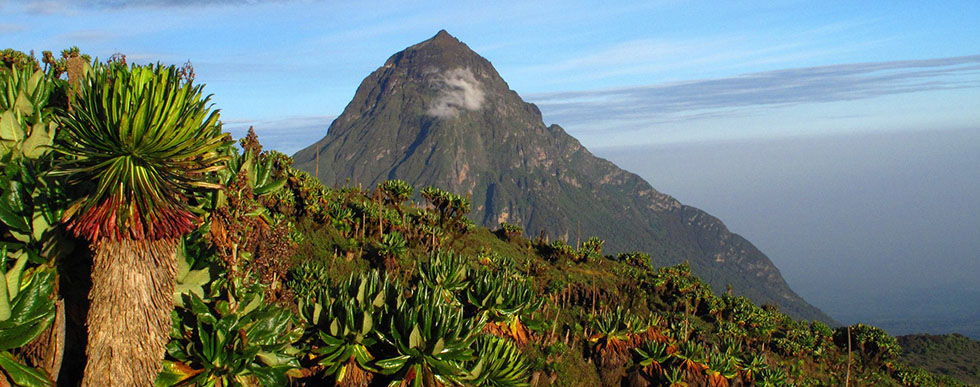National Parks in Rwanda
Rwanda is home to four National Parks and five of the Virunga ranges that is Mount Sabinyo, mount Karasimbi, Mount Bisoke, Mount Muhabura and mount Gahinga with the highest of this magnificent mountains being Karasimbi with an elevation of 4,507 meters above sea level.
Rwanda referred to sometimes as the land of a thousand hills is a landlocked country in central Africa covering an area of about 26,338 kilometers squared. The country boarders Congo to the west, Burundi in the south, Uganda in the north and Tanzania in the East.
List of National Parks
The western part of Rwanda forms part of the great rift valley known as albertine rift valley, its also home to some of the unique national parks in Africa that can be seen below.
1 – Volcanoes National Park
Volcanoes National Park is Rwanda’s top tourist destination in the country covering an area of 162 kilometers squared bordering Uganda and Congo, the park is part of the Virunga conservation area and its where you can find five of the eight Virunga volcanoes.
2 -Akagera National Park
Akagera National Park lies in eastern Rwanda, hugging the border with Tanzania. It’s characterized by woodland, swamps, low mountains and savannah. The varied terrain shelters wildlife including zebras, giraffes, elephants, lions and hundreds of bird species, such as the rare shoebill stork. In the southern part of the park, vast Lake Ihema is home to hippos and crocodiles.
3 – Nyungwe Forest National Park
Nyungwe National Park lies in southwest Rwanda, partly abutting the Burundi border. It’s a vast area of mountain rainforest, home to many species of chimpanzees, plus owl-faced and colobus monkeys. The Canopy Walkway, part of the Igishigishigi Trail, is a high suspension bridge with views over the valley and surrounding forests. A trail runs to the Kamiranzovu Marsh, with its birdlife, orchids and waterfall.
4 – Gishwati Forest National Park
Gishwati Forest Reserve is a protected reserve in the north-western part of Rwanda, not far from Lake Kivu. The reserve’s forests were largely intact in 1978, and substantial forest cover still remained in 1986.

